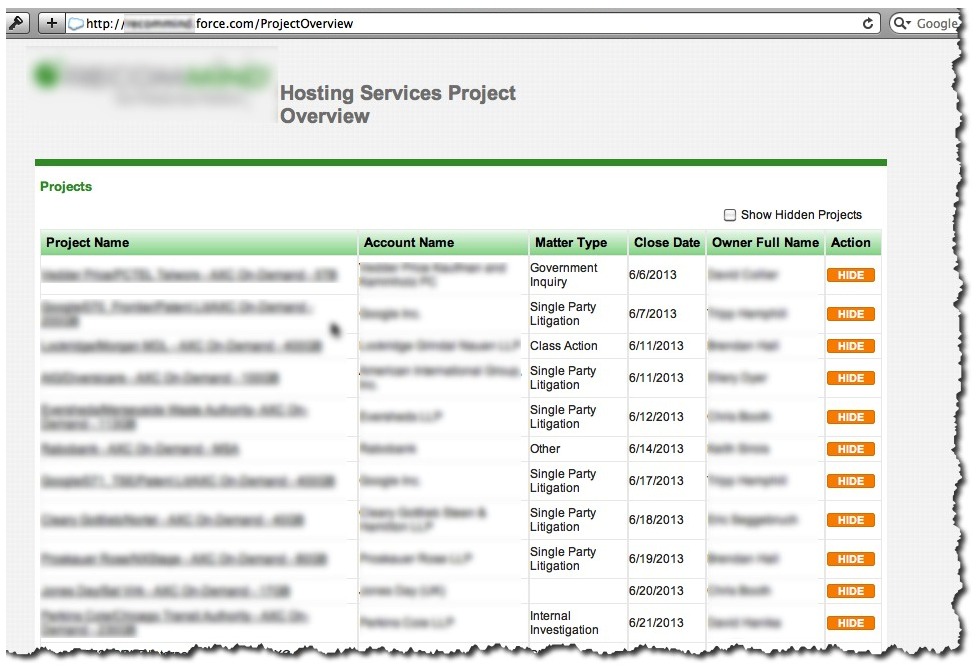

We select all of those objects to include them in the restore process.Īt this point, we notice that Ethan's Account records wasn't the only one to have been deleted or changed - there are 13 deleted records and 9 changed records in total. We want to restore the hierarchy of data based on Ethan's Account record, so we'll click on this button for the Account row.īy opening up all of the dropdowns on this next page, we can see all the objects that hold the child and grandchild records of our deleted Account record - in this case Opportunities and OpportunityLineItems (the products Ethan wanted to buy). Clicking on this button launches the workflow for restoring a hierarchy of data based on a parent record. But for this particular situation, we're better off restoring the whole hierarchy of data in one run.įrom the Run details page, we can see the option to Restore changed and deleted records. We could restore using the usual restore flow in Gearset's backup solution. How do we restore Ethan's Account record along with all of its child records? Thankfully, we have the records backed up by Gearset, and today's run of our backup job shows that these records have been deleted. The salesperson comes to us, confesses their error and asks for help - this makes sense of the smart alert we received from Gearset this morning, warning that someone had deleted an Account! He's changed his mind, and wants to know more about those two products. When the sales rep deletes Ethan's Account record, all of the child and grandchild records - the Opportunity and the OpportunityLineItems - are deleted as well. Our colleague at Acme Corporation turns out to be a rogue sales operative, and decides to delete the whole Account rather than mark the Opportunity as closed lost, because that would harm their win rate. This information is recorded with OpportunityLineItem records - these are child records of the Opportunity and grandchild records of the Account.īut then Ethan gets in touch to say he isn't interested after all and no longer wants to be a customer. Then they add the products that Ethan is interested in. Our salesperson adds an Opportunity record on Ethan's Account - this is a child record. Robinson, has expressed interest in a couple of products. Let's see this restore workflow in action! Imagine that we work for Acme Corporation and one of our customers, Ethan J. You can select all the child and grandchild records you want to restore along with the parent record. Gearset walks you step by step through the process of building a restore plan with the parent record as the base.

Gearset's workflow for restoring a lost hierarchy of data when a parent record has been deleted reverses what went wrong: one restoration deployment for one mistake. Reversing data loss in one goĪn accidental deletion that's so easy to cause should be just as easy to recover from. Even if you back up your data using Data Export, it'll still take a fair amount of head-scratching and several steps to restore them. If you're not currently backing up your data, this situation would leave you working out which other records have been lost, then recreating them manually and rebuilding the relationships.

But when a parent record has been deleted by accident, or needs to be restored for any other reason, the knock-on effects of that one deletion add to your workload for restoring data. This behavior is logical and useful when the deletion is wanted - it cleans up your org and gets rid of redundant data. For example, if you delete an Account record, all the associated Opportunities and OpportunityLineItems will be deleted as well. When you delete a record in Salesforce, its child and grandchild records are also deleted. The knock-on effects of one accidental deletion Gearset's backup solution has a dedicated workflow for this kind of incident so you can restore everything in just one deployment. For example, when an Account record is accidentally deleted all the associated Opportunity records are also lost. Losing a hierarchy of Salesforce records when the parent record has been deleted is a common scenario.

Data loss comes in different forms, and some situations need a slightly different approach for restoring records quickly.


 0 kommentar(er)
0 kommentar(er)
